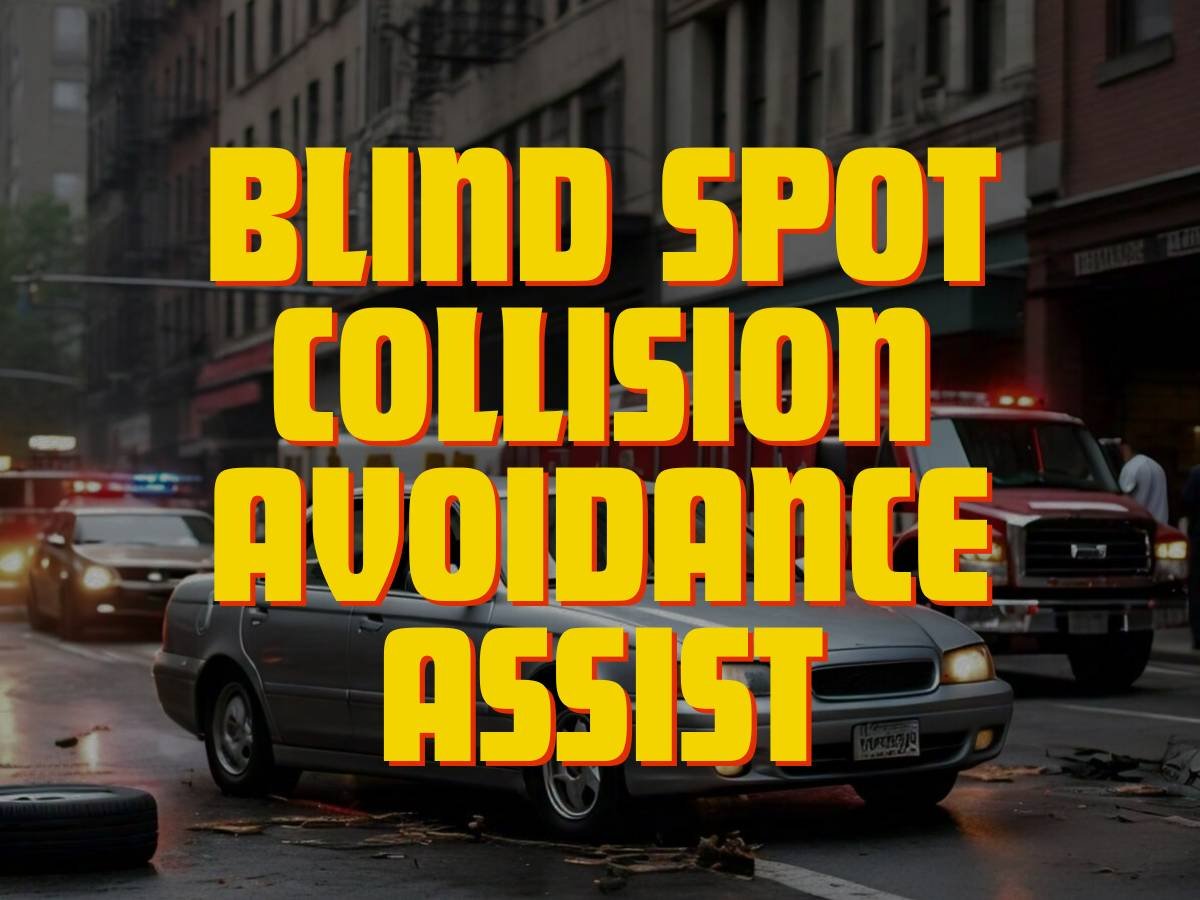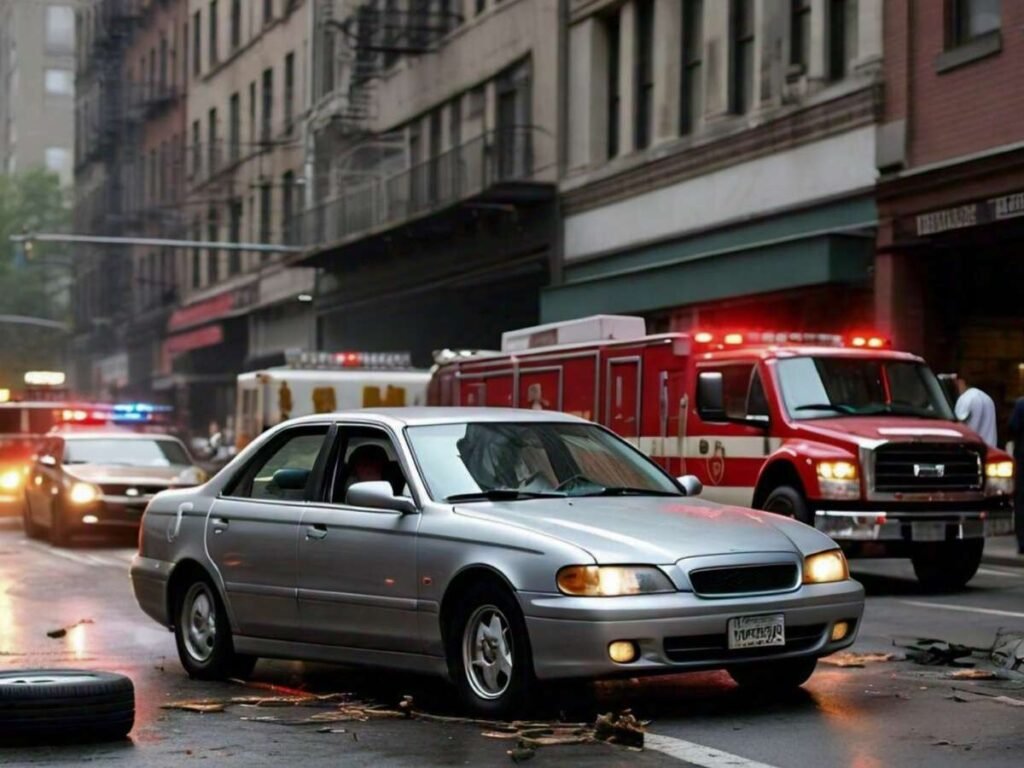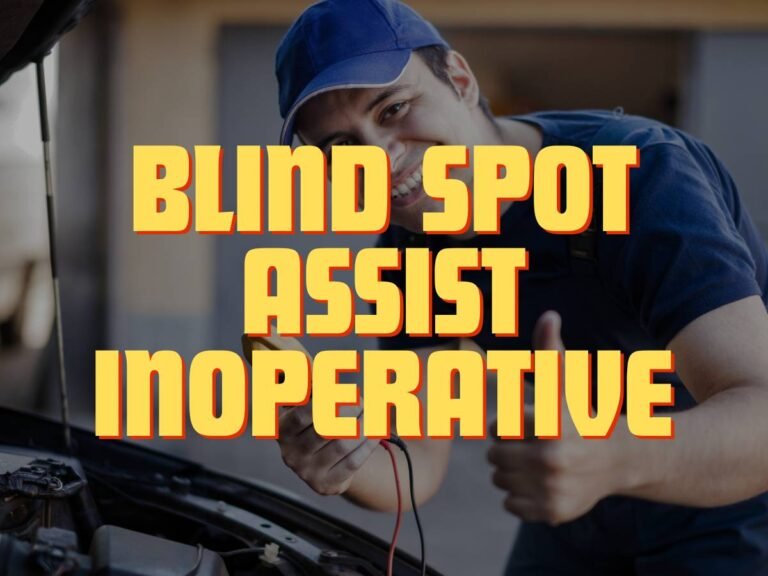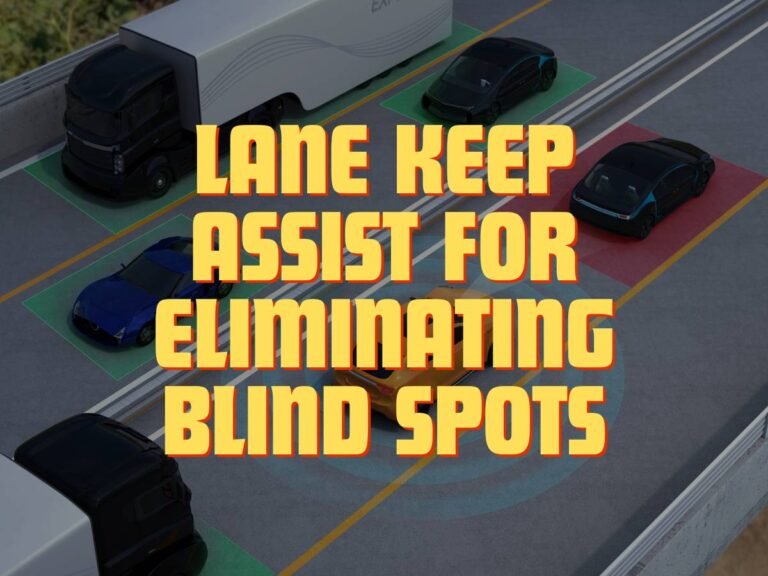Blind Spot Collision Avoidance Assist and Why Do You Need It?

Blind spot collision assist is an advanced driving assistance system. It alerts drivers about any potential collisions that could lead to severe consequences. The good part is that you can install it in both commercial and personal vehicles. Hence, you can save yourself, passengers, and others on the road.
There are many reasons to opt for blind spot collision avoidance assist. However, let’s look at its primary benefits in this comprehensive guide. We will also discuss the basics, framework, and comparison with different technologies. So, without any further ado, let’s get started!
Introduction to Blind Spot Collision Avoidance Assist
Blind Spot Collision Avoidance Assist (BSCAA) is a sophisticated safety feature integrated into modern vehicles. It utilizes advanced sensor technology to detect objects in a driver’s blind spots. Note that these are areas not directly visible through the side and rearview mirrors.
When an object is detected, the system issues visual or auditory alerts. It warns the driver of potential collision risks. With continuous updates on their surroundings, drivers can make a well-versed decision to prevent threats.
The significance of BSCAA cannot be overstated. It provides drivers with real-time information about surrounding vehicles or obstacles that may not be immediately visible. Ultimately, it significantly reduces the likelihood of accidents caused by blind spot-related collisions.

3 Reasons Why You Need Blind Spot Collision Avoidance Assist
BSCAA is more than just a convenience feature. It is a critical component of modern vehicle safety systems. Let’s look at the 3 primary benefits it offers to convince you why you need it!
1. Enhanced Safety
Blind spot collision avoidance assist significantly enhances safety on the road by providing drivers with an additional layer of awareness. You can opt for side-view mirrors or specialized mirrors. But even they are only useful to some extent.
In contrast, BSCAA helps prevent potentially dangerous situations such as lane change collisions or merging accidents. This proactive approach to safety minimizes the risk of side-impact collisions.
2. Prevents Fatalities
One of the primary objectives of BSCAA is to prevent accidents before they occur. That is by alerting drivers to the presence of vehicles or obstacles in their blind spots. BSCAA gives drivers crucial time to react and maneuver safely.
In short, this warning system helps mitigate the risk of collisions caused by sudden lane changes, merging maneuvers, or unintended drifting into adjacent lanes. The ability to anticipate and avoid potential accidents contributes to overall accident prevention and reduces the likelihood of costly vehicle damage, injuries, or fatalities.
3. Boosts Confidence
Another significant benefit of BSCAA is the boost it provides to driver confidence. Knowing that their vehicle is equipped with advanced safety technology that actively monitors their blind spots and alerts them to potential hazards instills a sense of reassurance. It gives drivers much-needed peace of mind, especially on highways.
With BSCAA on their side, drivers can navigate traffic with greater confidence. Ultimately, it promotes safer driving behaviors and fosters a more positive experience for drivers of all levels of experience.
Blind Spot Collision Avoidance Assist Comparison with Other Technologies
BSCAA might not be the only technology that prevents accidents in a driver’s blind spots. That is why it is often confused with two other devices. That includes blind spot monitors and collision avoidance systems. Let’s see how these technologies differ!
Blind Spot Monitors (BSMs)
Blind spot monitors and blind spot avoidance assist may sound familiar. While both technologies are aimed at addressing blind spot-related risks, they differ in their approach and functionality.
BSMs typically rely on sensors mounted on the side mirrors or rear bumper to detect vehicles or objects in the driver’s blind spots. When a vehicle is detected, the system alerts the driver through visual or auditory cues. BSMS only serve as passive warning systems, alerting drivers to the presence of objects in their blind spots but not actively intervening to prevent collisions.
In contrast, BSCAA takes safety a step further by incorporating active intervention capabilities. In addition to detection, BSCAA utilizes advanced technology and automated braking systems to actively intervene and prevent potential collisions. Hence, it offers a higher level of protection and accident prevention than traditional BSMs.
Collision Avoidance Systems (CAs)
Collision avoidance systems encompass a broader range of technologies designed to prevent collisions in various driving scenarios. Thus, they are not limited to a vehicle’s blind spots only. These systems utilize a combination of sensors, cameras, radar, and artificial intelligence to detect potential collision risks and assist drivers in avoiding accidents.
While Blind spot collision avoidance assist specifically targets blind spot-related collisions, CAs offer a more comprehensive approach to accident prevention. These systems may also include features such as forward collision warning, automatic emergency braking, pedestrian detection, and lane departure warning, among others.
Which One Should You Choose?
Are you confused about which system is the best? Let us provide you with straightforward factors to consider!
- Active Intervention & Increased Safety: If you don’t mind your vehicle taking control to prevent accidents, consider going for blind spot collision avoidance assist.
- Only Alerts: Do you want full control of your vehicle? Then, consider going for a traditional blind spot monitor. It will not have automated features and only issue alerts.
- Broader Protection: Some drivers may prefer protection outside the blind spots as well. For them, a collision avoidance system works the best!
Conclusion
Blind spot collision avoidance assist helps prevent accidents with its continuous monitoring and intervention. It can suit drivers of all experience, ranging from beginners to experienced ones. Another good part is it’s easy installation, making it more accessible. You can install it in your car, truck, or in any other vehicle. However, it is best not to rely entirely on it. Combine it with your safe driving practices for the best outcomes!






